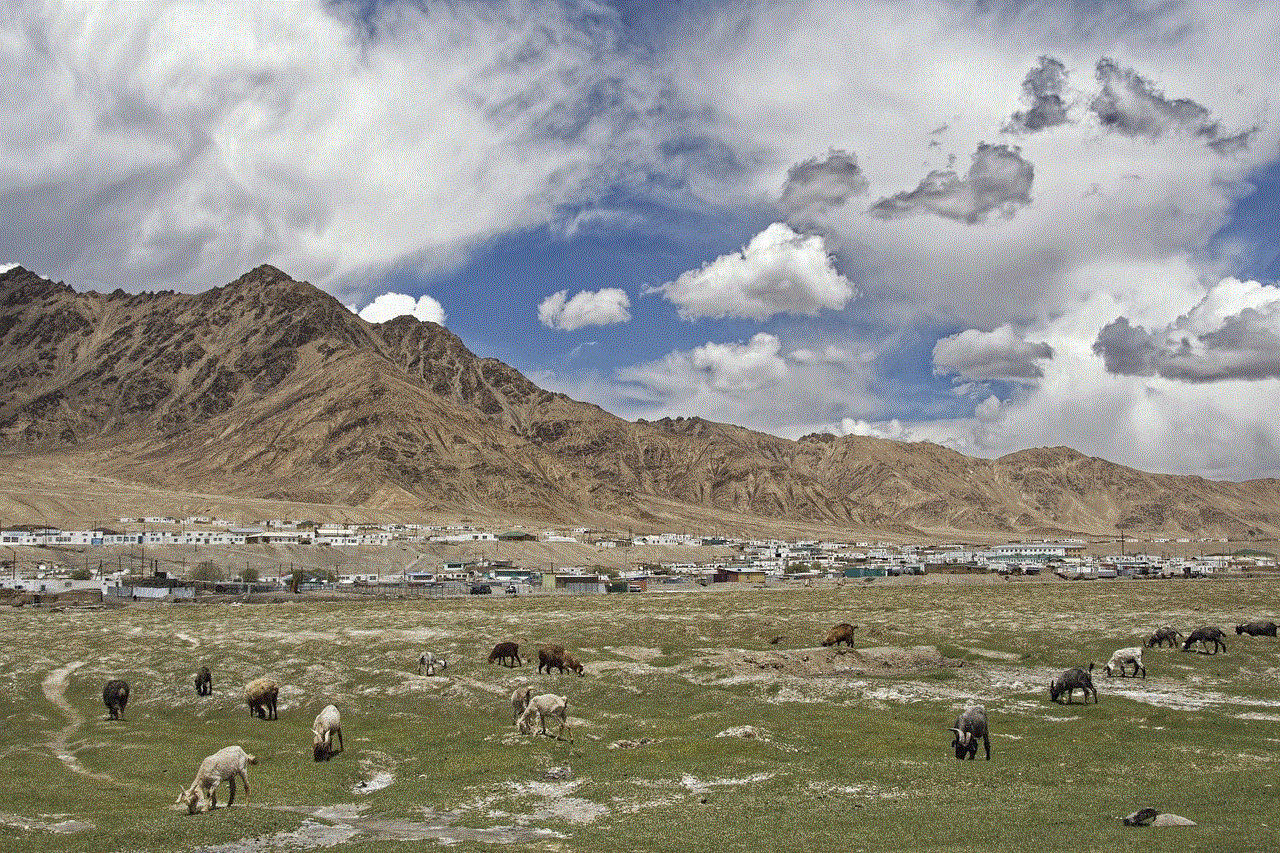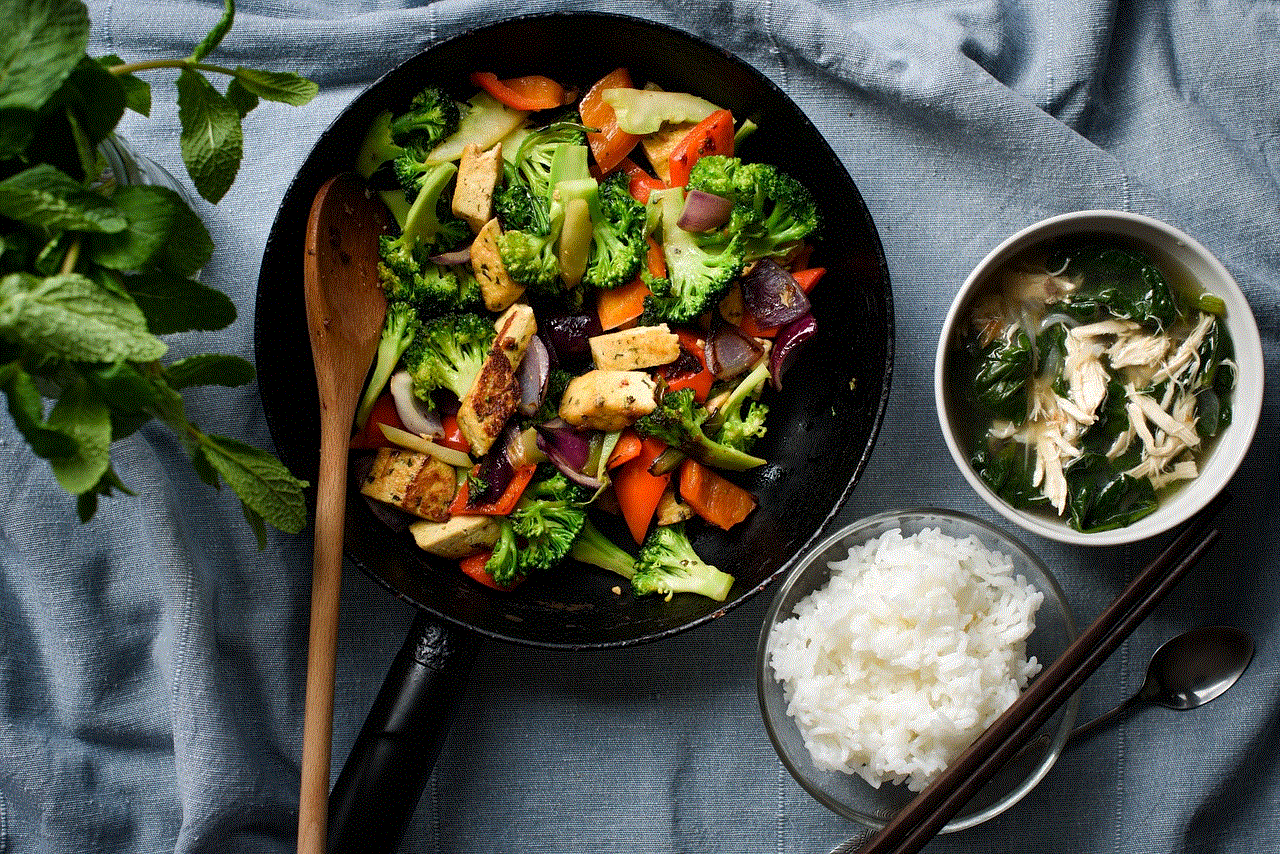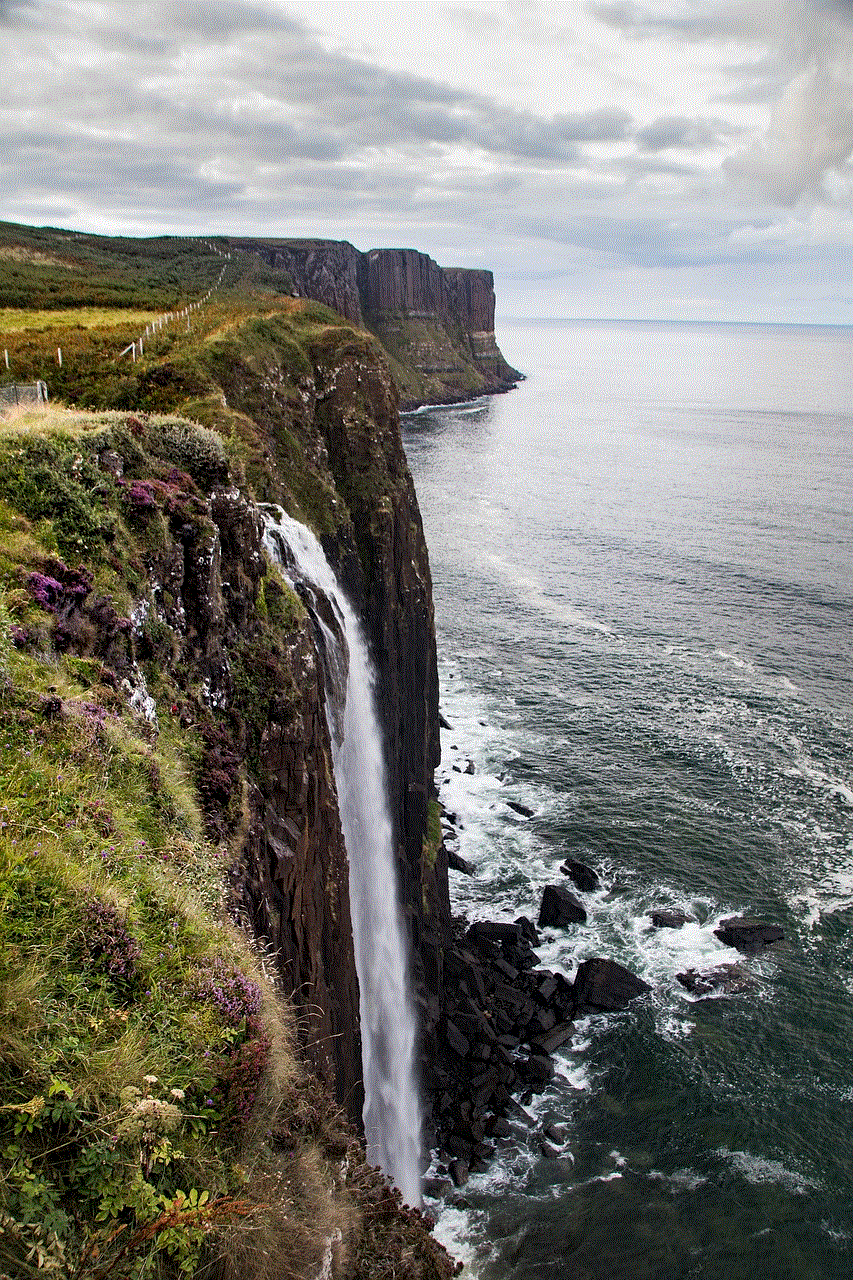how to delete phone calls on facebook messenger
Facebook Messenger is one of the most popular messaging apps in the world, with over 1.3 billion active users. With its easy-to-use interface, users can send messages, make voice and video calls, and share photos and videos with friends and family. However, like any other messaging app, there may come a time when you want to delete certain phone calls on Facebook Messenger. This could be for various reasons, such as cleaning up your call history or removing a call that you no longer want to be reminded of. In this article, we will discuss how to delete phone calls on Facebook Messenger and provide some tips and tricks to help you manage your call history effectively.
Before we dive into the steps on how to delete phone calls on Facebook Messenger, let’s first understand the different types of calls that can be made on the app. There are two types of calls on Messenger – voice calls and video calls. Voice calls are audio-only conversations, while video calls allow users to see each other through their device’s camera. Both types of calls are free, as long as you have a stable internet connection. Now, let’s move on to the steps on how to delete phone calls on Facebook Messenger.
Step 1: Open Facebook Messenger on your device and go to the “Calls” tab. This tab is located at the bottom of the screen, next to the “People” tab.
Step 2: Once you’re on the “Calls” tab, you will see a list of all the recent calls you have made or received. To delete a specific call, tap and hold on the call until a menu appears.
Step 3: In the menu, select “Delete Call” to remove the call from your history. You can also select “Delete All Calls” to remove all the calls on the list.
Step 4: A prompt will appear asking for confirmation. Tap on “Delete” to confirm and remove the call from your history.
Step 5: If you want to delete a call from the call history of a specific contact, go to their conversation thread. Tap and hold on the call you want to delete, and follow the same steps as mentioned above.
These steps apply to both voice and video calls, and you can use them to delete calls from both individual contacts and group conversations. However, keep in mind that once you delete a call, it cannot be recovered. So, make sure you’re certain about deleting the call before proceeding.
Another way to delete phone calls on Facebook Messenger is through the “Activity Log” feature. Here’s how you can do it:
Step 1: Open the Facebook app on your device and go to your profile.
Step 2: Tap on the “Activity Log” button, which is located below your cover photo.
Step 3: In the “Activity Log,” select “Filter” and then choose “Messenger” under the “Activity Types” section.
Step 4: You will now see a list of all your Messenger activities, including calls. To delete a call, tap on the three dots next to it and select “Delete.”
Step 5: A confirmation prompt will appear. Tap on “Delete” to complete the process.
Using the “Activity Log” feature allows you to delete multiple calls at once, making it a convenient option. However, the downside is that it only shows your recent activities and not all your call history.
Apart from deleting calls, you can also manage your call history on Facebook Messenger by archiving or hiding calls. Archiving a call removes it from your call history, while hiding a call removes it from your recent activities. Here’s how you can do it:
Step 1: In the “Calls” tab, swipe left on the call you want to archive or hide.
Step 2: A menu will appear with three options – “Hide,” “Archive,” and “Cancel.” Choose the option you prefer.
Step 3: If you select “Hide,” the call will be removed from your recent activities but will still appear in your call history. If you choose “Archive,” the call will be removed from both your recent activities and call history.
Step 4: To unhide or unarchive a call, go to the “People” tab and tap on the person’s name. In their conversation thread, tap on the “Info” button and select “Unhide” or “Unarchive.”
Now that you know how to delete, archive, and hide phone calls on Facebook Messenger let’s look at some tips and tricks to help you manage your call history more efficiently.
1. Use the “Clear All Calls” option: Instead of deleting calls one by one, you can use the “Clear All Calls” option to remove all the calls on your list at once. To do this, go to the “Calls” tab and tap on the three dots in the top right corner. Then, select “Clear All Calls” and confirm your action.
2. turn off Call History: If you don’t want Messenger to keep a record of your calls, you can turn off the call history feature. To do this, go to “Settings” in Messenger and toggle off the “Call History” option.
3. Block unwanted calls: If you’re receiving calls from someone you don’t want to talk to, you can block them on Messenger. To do this, go to their conversation thread, tap on the “Info” button, and select “Block.” This will prevent them from calling you on Messenger.
4. Use the “Ignore Calls” feature: If you receive a call from someone you don’t want to talk to, you can choose to ignore the call. This will prevent the call from ringing on your end, and the caller will not be notified that you ignored their call.
5. Clear cache and data: If you’re experiencing issues with your call history, such as calls not showing up or calls not getting deleted, you can try clearing the app’s cache and data. To do this, go to your device’s settings, select “Apps,” and then choose Messenger. Tap on “Storage” and then select “Clear cache” and “Clear data.”
In conclusion, Facebook Messenger offers a variety of features to help you manage your call history effectively. Whether you want to delete, archive, or hide calls, these simple steps and tips will help you keep your call history organized. Remember to think carefully before deleting a call, as once it’s gone, it’s gone for good. We hope this article has provided you with all the information you need to manage your phone calls on Facebook Messenger. Happy messaging!
instagram terminology
With over 1 billion monthly active users, Instagram has become one of the most popular social media platforms in the world. The rise of Instagram has not only changed the way we share our daily lives, but it has also created a whole new language of its own. From hashtags to filters, Instagram terminology has become an essential part of our digital vocabulary. In this article, we will dive into the world of Instagram terminology and explore the different terms and phrases that are commonly used on the platform.



1. Hashtag
Let’s start with the most well-known term on Instagram – the hashtag. A hashtag is a word or phrase preceded by the “#” symbol, used to categorize content on social media. On Instagram, hashtags are used to make your posts more discoverable to a wider audience. You can add multiple hashtags to your posts, and when someone clicks on a hashtag, they will be directed to a page with all the posts that have used the same hashtag.
2. Feed
The feed is the main page of your Instagram account, where you see all the posts from the accounts you follow. It is a constantly updating list of photos and videos that appear in chronological order, with the most recent posts at the top. The feed is also where you can scroll through and like or comment on posts from your friends, family, and favorite accounts.
3. Explore page
The Explore page is where you can discover new content on Instagram. It is a personalized feed of posts, stories, and IGTV videos that Instagram thinks you might be interested in based on your activity on the platform. The Explore page is a great way to find new accounts to follow and to discover content that aligns with your interests.
4. Story
Stories are a popular feature on Instagram that allows users to share photos and videos that disappear after 24 hours. They appear at the top of your feed in a bar and can be accessed by tapping on a user’s profile picture. Stories have become a popular way for users to share more casual and behind-the-scenes content with their followers.
5. Highlight
Highlights are a way to save your Instagram Stories permanently. When you create a highlight, it appears on your profile below your bio and above your feed, and it can be viewed by anyone who visits your profile. Highlights are a great way to showcase your best stories and give your followers a glimpse into your personality and content.
6. DM
DM stands for Direct Message and is a private messaging feature on Instagram. You can send and receive DMs from your followers and people you follow, making it a great way to communicate with others on the platform. DMs can also be used to share photos, videos, and posts with specific users privately.
7. Bio
Your bio is the short description that appears below your profile picture on Instagram. It is a way to introduce yourself and your content to potential new followers. Your bio can include a brief description of yourself, a link to your website or blog, and any important information you want to share with your followers.
8. Follower
A follower is someone who has chosen to follow your Instagram account. They will see your posts, stories, and highlights on their feed, and they can interact with your content by liking, commenting, or sharing it. The number of followers you have is an essential metric on Instagram and can help you gauge your reach and engagement on the platform.
9. Engagement
Engagement on Instagram refers to the interactions that users have with your content. This includes likes, comments, shares, and saves. The more engagement your posts have, the more likely they are to be seen by a wider audience and potentially go viral. Engagement is a crucial factor in growing your Instagram account and building a loyal following.
10. Caption
A caption is the text that accompanies a photo or video on Instagram. Captions can be up to 2,200 characters long and can include hashtags, emojis, and mentions. A great caption can make your post stand out and can help engage your followers. Captions are also a way to share your thoughts, stories, and experiences with your audience.



11. Filters
Filters are a fun and popular feature on Instagram that allows users to enhance their photos and videos with different effects. There are a variety of filters to choose from, and they can be applied before or after taking a photo. Filters can make your posts more visually appealing and can help create a cohesive aesthetic for your account.
12. Likes
The heart-shaped button on Instagram is used to like a post. When you double-tap on a photo or tap on the heart button, it shows that you appreciate the post. Likes are a way for users to show their support and approval of a post, and they also help boost the post’s engagement.
13. Explore Tab
The Explore tab is a feature on Instagram that suggests content to users based on their interests. It is a great way to discover new accounts and content that you might be interested in. The Explore tab also shows trending hashtags and popular posts from around the platform.
14. IGTV
IGTV is a relatively new feature on Instagram that allows users to upload longer videos, up to 60 minutes in length. These videos can be accessed through a separate tab on the Instagram app or through the IGTV standalone app. IGTV is a great way for users to share longer and more in-depth content with their followers.
15. Influencer
An influencer is someone who has a large following on Instagram and has the power to influence their followers’ opinions and purchasing decisions. Influencers collaborate with brands to promote products and services, and they can also earn money through sponsored posts and partnerships.
16. Tag
Tagging is a way to mention other users on Instagram. When you tag someone in a post or a story, that person will receive a notification and the post or story will appear on their profile under “Tagged.” Tagging is a great way to give credit to other users, collaborate with them, or share their content with your followers.
17. Repost
Repost is a feature on Instagram that allows users to share other users’ posts on their own feed. Reposting can be done through third-party apps, and it is a great way to share content from other accounts that you like or collaborate with other users.
18. Geotag
Geotagging is the process of adding a location to a post on Instagram. When you geotag a post, it will appear on the location’s page, making it easier for other users to discover your post. Geotagging is a great way to increase your post’s reach and engagement, especially if you are trying to target a specific location or audience.
19. Algorithm
The Instagram algorithm is the system that determines the order of posts that appear on your feed. The algorithm takes into account factors such as your interests, relationships, and engagement to show you the most relevant and engaging content. Understanding the Instagram algorithm can help you improve your reach and engagement on the platform.
20. Shadowban
Shadowban is a term used to describe the action of Instagram limiting the reach of a user’s posts without notifying them. This can happen if a user violates Instagram’s community guidelines or if they use banned hashtags. A shadowban can significantly affect a user’s reach and engagement on the platform, so it is important to follow Instagram’s guidelines to avoid it.



In conclusion, Instagram terminology has become an essential part of our digital language. Whether you are a casual user or an influencer, understanding these terms and phrases can help you navigate the platform more effectively and make the most out of your Instagram experience. With new features and updates constantly being introduced, it is safe to say that the world of Instagram terminology will continue to evolve and expand in the future.